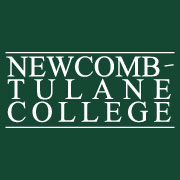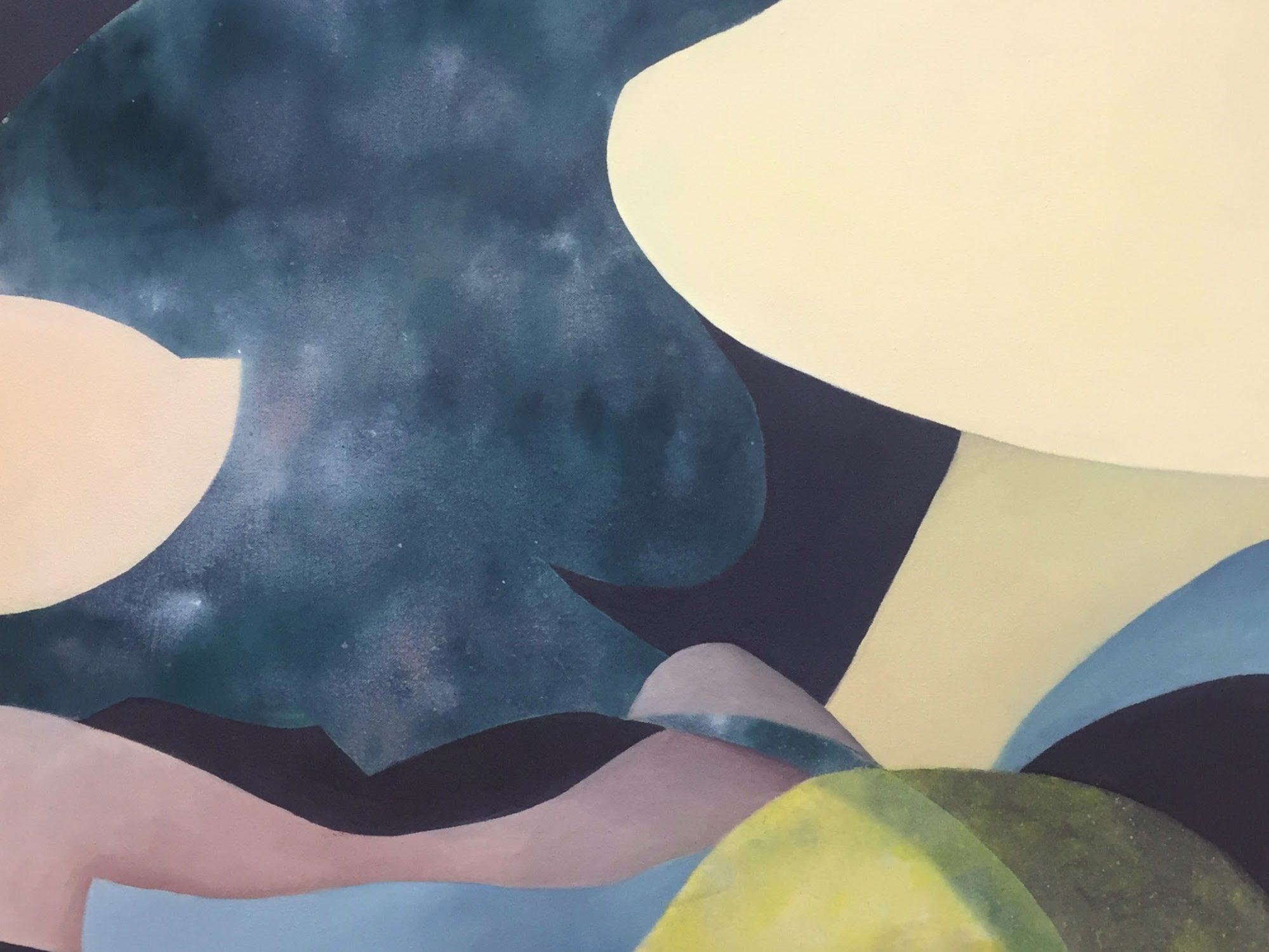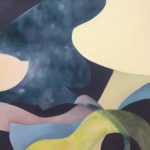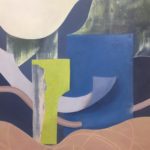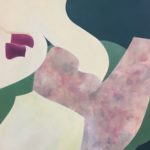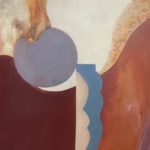From Fauvism’s explorations of vivid, non-mimetic colors to Surrealism’s Freudian desire to access the unconscious world of dreams, Symbolist Art influenced the philosophies of many subsequent modern art movements, and its influence continues to be seen today in contemporary studio art practice. As a part of my honors thesis and to culminate my study of Symbolist thought and its contemporary applications, I used the Newcomb-Tulane grant that I received to produce a series of five paintings that explored Symbolist ideologies of image-making. While the first and second chapters of my thesis, which is entitled The Rise and Philosophies of Late 19th Century French Symbolism and its Applications in Contemporary Art Practice, discussed the urban and social factors that led to French Symbolism as well as its central philosophy of evocation, the third chapter considered contemporary applications of this philosophy. In order to investigate this, I studied the work of five modern and contemporary abstract painters, then produced five 30” x 36” abstract paintings of my own. The Newcomb-Tulane Grant helped me purchase many of the art materials (stretcher bars, Gesso, oil paint, oil painting mediums such as Galkyd Lite and Liquin) necessary to make this a reality, as outlined in my proposed budget. This series of works was central to my research for this thesis, and would not have been possible without the financial support of the grant.
In order to best understand the connection between French Symbolism and the paintings that I produced as a part of my thesis, it is necessary to first make a defense for abstraction. There is perhaps no better contemporary art form to explore the objectives of Symbolism than through abstract art, and this is especially true when considering Susanne Langer’s discussion of the art symbol:
The aim of art is insight, understanding of the essential life of feeling. But all understanding requires abstraction. The abstractions which literal discourse makes are useless for this particular subject-matter, they obscure and falsify rather than communicate our ideas of vitality and sentience. Yet there is no understanding without symbolization, and no symbolization without abstraction. Anything about reality, that is to be expressed and conveyed, must be abstracted from reality. There is no sense in trying to convey reality pure and simple.[1]
Viewing the image as an entire gestalt, rather than as an assembly of marks, was especially difficult in the image-making process. Even in the creation of the work, it was difficult to break the image down into its component parts and determine the role of each formal element. If I found myself dissatisfied with the overall affect of a piece, it was often a matter of trial-and-error to determine which element was off-putting the overall work. I would often go over entire forms in a number of different colors before I determined which was correct for the overall work, as gauged by the mood that each color evoked. I wanted the overall series to feel warm and insulated in mirroring the soft, curving forms, so I opted for warmer tones that are only occasionally punctuated by more acidic ones. I was reminded of Henri Matisse painting over his initially blue Harmony in Red until he settled on his desired shade. Working in oil paints also posed a challenge to this end, as the slow dry time prevented quick experiments and iterations of a work. However, having the resources to purchase the oil painting mediums, such as Galkyd Lite and Gamsol, helped with speeding up the drying time significantly.
These works proved to be a valuable exercise in associating mood with various formal elements and in exploring Symbolist thought through abstract painting. Producing these paintings required a shift in how I viewed image-making, and through this firsthand experience, I personally realized that one of the key contributions and the legacy of Symbolism is the expanded view of how images could be created and viewed. This grant was instrumental in allowing me to create these paintings and explore this line of inquiry. I am very thankful and honored for the opportunity that the Newcomb-Tulane College Grant gave me in allowing me the resources to pursue an honors thesis in an underrepresented field in the honors department. I truly view this project as the culmination of my four undergraduate years at Tulane University, and it was made fully possible through this grant.
[1] Susanne Langer, Problems of Art: Ten Philosophical Lectures (New York: Charles Scribner’s Sons, 1957), 93.
Written by Soo Hyun “Sue” Choi, Dean’s Grant recipient, 2018-2019
